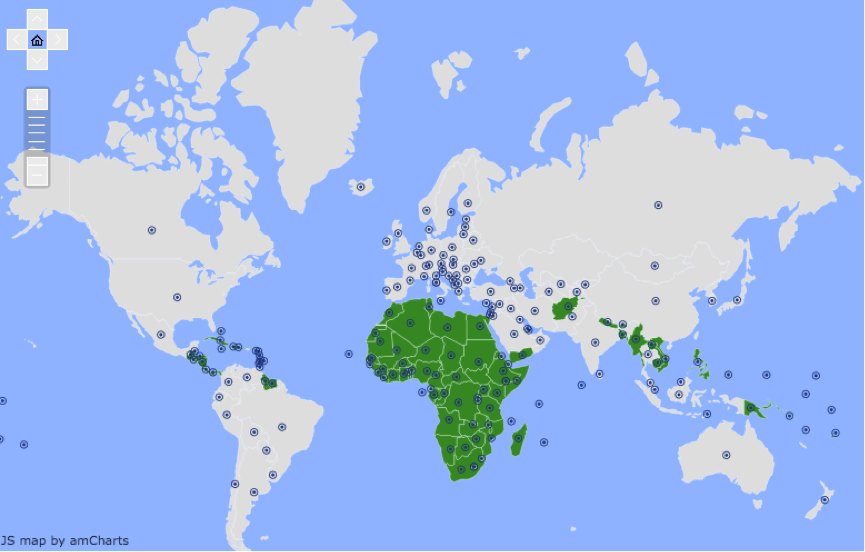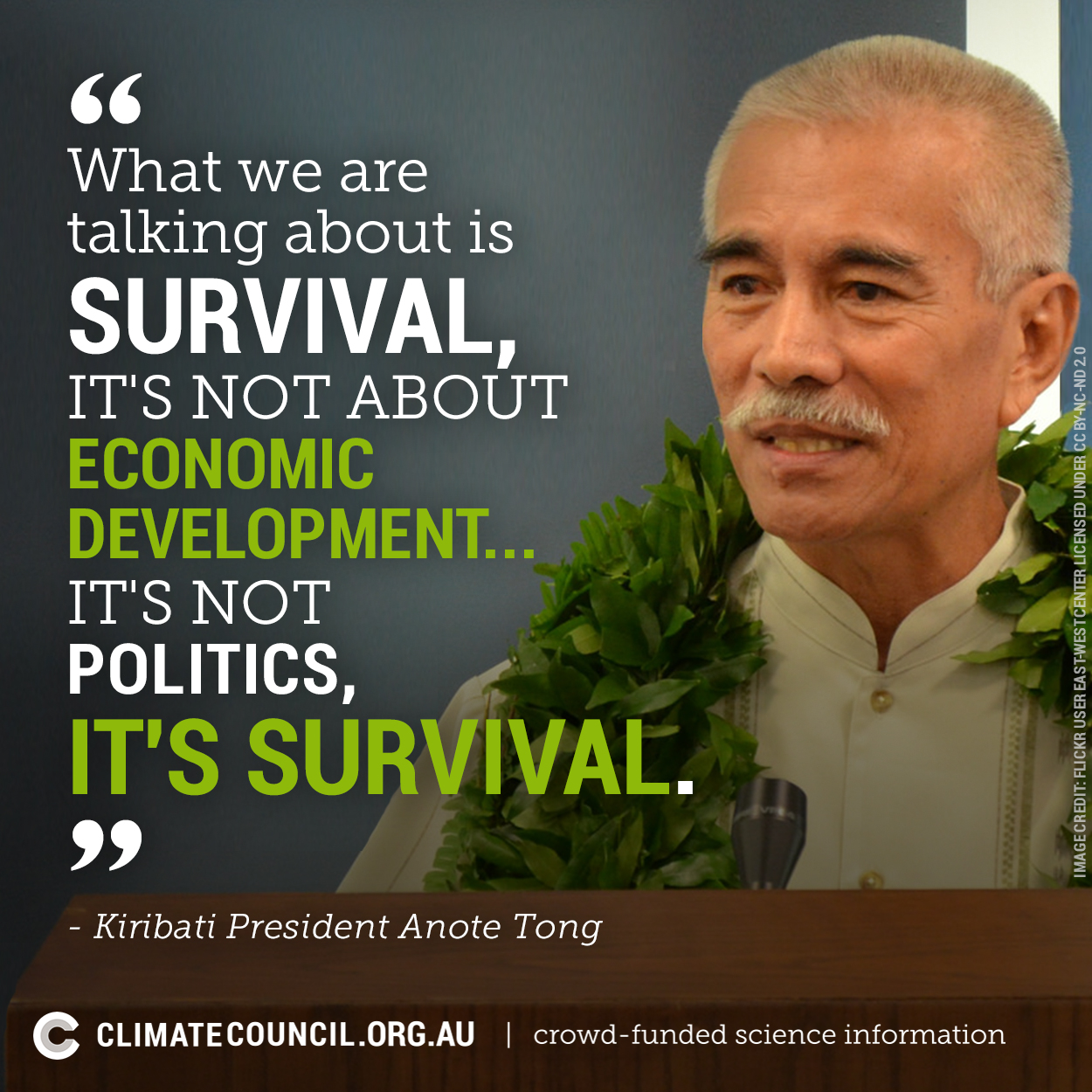As the clock ticks down towards the deadline for the Paris agreement, the latest draft gives us much to be hopeful for. For, if adopted, it would begin to close the gap between scientific reality and the climate policy of the world’s nations.
Any plan for the future needs a clear, credible and well-justified goal – and the goal at the core of the discussions and negotiations at the climate talks in Paris is what the Earth’s average temperature should be limited to – relative to pre-industrial levels.
Both in the lead up, and throughout the talks, over 100 countries made the case that we should aim to limit global warming below 1.5 °C.

This map shows in green which countries already support the 1.5°C goal through national or group positions.
And now, for the first time, nations have acknowledged that we should do everything possible to limit global warming to below 1.5 °C of warming. This is critical to the survival of Pacific Island nations and other vulnerable countries, as well as the Great Barrier Reef.

The inclusion of the 1.5 °C limit in the draft agreement is a really big deal. It’s an acknowledgement from nations that our climate is changing more rapidly and with greater and more damaging impacts than previously thought. This means emissions will have to come down more and more rapidly. And that means, the era of fossil fuels is well and truly coming to an end.
There’s no denying that 1.5°C is a challenging target, but as action ramps up and the cost of renewables plummets it’s hoped that this temperature cap will become increasingly within reach.
In another significant development, the Intergovernmental Panel on Climate Change (IPCC) has been tasked with investigating pathways for limiting global warming to 1.5 °C above pre-industrial levels. This will be important for giving guidance to nations to strengthen their efforts over time.
And while it’s clear that we will need to do more – and the ambition of countries will need to escalate – the pathway towards a safer climate is clearer than it has ever been.
If you want to read more about how the conversation moved from 2°C to 1.5°C, read Lesley Hughes’ article here.